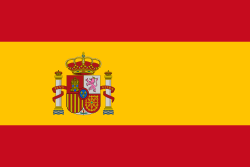Alsace is located in northeastern France, along the border with Germany, between the Vosges Mountains and the Rhine River. Its strategic location has caused it to shift between French and German control several times throughout history, therefore its architecture, gastronomy, and viticulture are heavily Germanic in style. The region was granted Appellation d’Origine Contrôlée (AOC) status in 1962, and nowadays about 90% of its production is from white grape varieties, since they benefit from the cool, dry, sunny growing season. They are typically made from a single grape variety, mentioned on the label, usually from the “noble grapes” Riesling, Gewurztraminer, Pinot Gris, and Muscat. These wines are very aromatic and delicate, with aromas reminiscent of nectarines, white flowers, and even petroleum, and styles ranging from from dry, young wines to very sweet, age worthy examples. Other whites such as Pinot Blanc, Sylvaner, Chasselas, and Auxerrois are also grown, with Pinot Noir being the only red grape permitted in the region. When these grapes are blended it can be labeled as “Edelzwicker”. All wines must be bottled in the distinctive flûte d’Alsace, an elongated bottle that reflects the German influence on the region. The top-quality category, Alsace Grand Cru, includes 51 officially classified vineyards, recognized for their superior geography, soil composition, and climate.
Alsace also produces Crémant d’Alsace, a sparkling wine made using the traditional method, similar to Champagne, and crafted from approved grape varieties. The region produces sweet wines labeled as Vendanges Tardives, made from grapes picked when overripe, and Sélections de Grains Nobles, made from grapes affected by “noble rot”botrytis cinerea resulting in rich, complex dessert wines.
Discover Pierre Sparr and Trimbach today.
Author: Maytte Rivera



